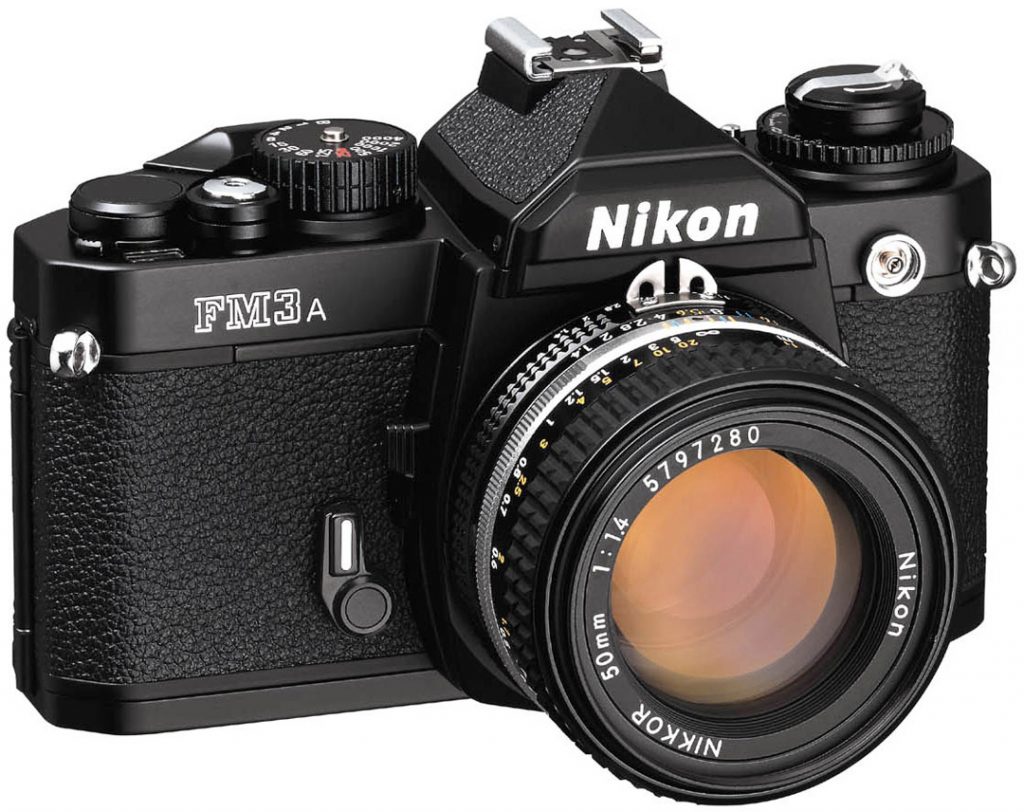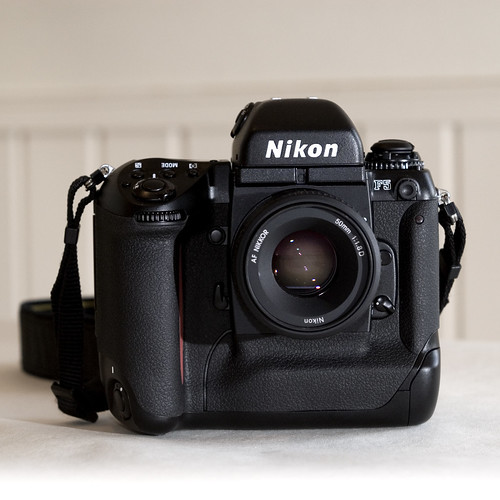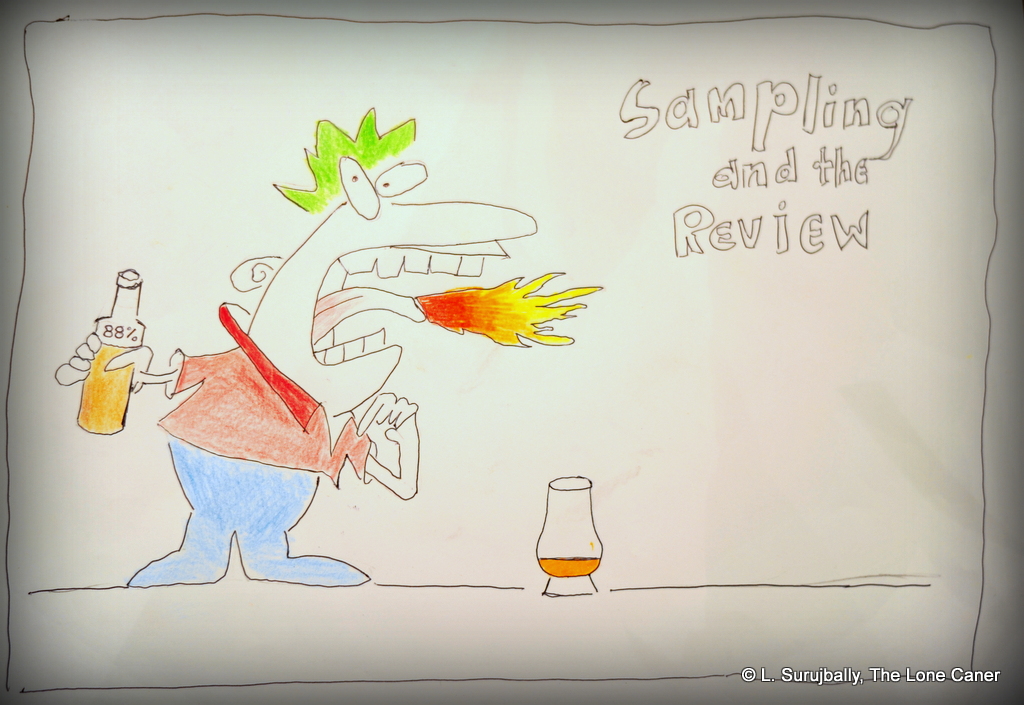
Part 3 – Sampling, and the review itself
In the first part of this series I discussed figuring out how to get your head around what to write, and followed that up in Part 2 with some general remarks on how to deal with your actual website postings. Today I continue in a similar vein about tasting, scoring and the conceptuals of a review.
***
When I taste I scribble my initial notes immediately; then I have to retaste, usually with other rums in play as controls or comparators, then score. Then I have to turn the whole thing into a coherent essay, including research, background and photographs. The re-edits can sometimes take days. Then, and only then, do I post on this site.
Some pointers that work for me and which I’d recommend – the list is not entirely for more casual bloggers, but who’s to say what’s useful and what’s not? As always, find your own method with which you’re comfortable.
1. I’m not going to go in depth on how to nose and taste, hold the glass, dip your beak, etc. The subject has been covered by many others before, and you’ll find a way that works for you. However, a good glass, not a tumbler, is recommended. I used to needle my friend Curt of ATW about pinching his daughter’s Barbie glass collection, but there’s no question that a good tasting glass is part of a reviewer’s arsenal for really getting into a rum’s profile. Sure you can use a whisky glass, plastic cup or tumbler, but remember: you’re a reviewer, not a backyard boozer gunnin’ ‘em down over the grill. It almost presupposes a slightly more structured approach to assessing a spirit.
2. Train yourself to know how to identify what you are tasting and smelling. (Practice in the kitchen, on the spouse’s spices, in open air markets, anywhere there’s a plethora of aromas to tease out of the air). Pay attention to your nose, because that’s where most of the taste comes from.
3. Sample blind if you can, and in conjunction with other rums that are your personal baselines for the type. In other words, have three or four glasses in front of you, but with different rums in them, including the current subject, and sample them together without knowing which is which. The point is to be as democratic and unbiased as possible. I usually ensure that the comparators – all previously reviewed and scored – are of similar styles, or ages. Because the first time you try a really top-tier highly-aged rum costing upwards of two hundred bucks, your enthusiasm can really cloud your judgement, and you may be tempted to give it a free pass just because it is what it is, if no controls are in place to temper your exuberance.
4. Do the occasional vertical tasting of an entire distillery’s line, if you can get them (and afford them); or try horizontally, as with taking five ten year olds and run them past each other. You don’t necessarily have to write about it – it does increase your experience and relative understanding, though, and there’s nothing at all bad about that.
5. Have or develop a taste memory for rums of similar types and your scoring for them, so you can assess the current sample against such previous reviews. (Henrik from Denmark told me that he has a mental map of a control group of rums which he knows extremely well, and he uses those as reference points to do his scoring).
6. Learn and practice how to write quick notes (this works well in a public environment like shops or festivals, or perhaps your friends’ pads), and how to score on the fly, even if a little potted (be comforted, it gets easier).
7. Every review should have, at a minimum, a description of the rum (name, type, age if known, country of origin, producing outfit, and proofage); words relating to colour, possibly viscosity (“legs”); nose, taste (with and without water added) and finish. Anything after that is an optional extra – stuff such as if it has been added to, filtered, how it makes a cocktail, company bio, what other rums it reminded you of; comparisons, price, source (pot still, column still, cane juice, molasses) and so on.
8. As noted before, whether you write in clipped sentences, brief notes, stream-of-consciousness or lengthy prose is up to you.
9. Have a score sheet. This would list the things you feel need to be evaluated: nose, taste and finish are the three most common. Some add (and score) presentation, balance and/or overall enjoyment. (My sheet has additional space for comments and the notes on the actuality of what I’m sampling…as well as what I’m thinking while I do it. Every now and then I go back through my old notes, but I’m odd that way).
10. Score appropriately and consistently. Scoring is always an issue – many use a system which starts at fifty and goes to a hundred; others use a four star, or five-bottle or ten point system. Mind, I started with the naive idea I could avoid scoring altogether and let the narrative speak for the product. Yeah…but no. It’s really not a good idea to leave scores out. Sometimes that’s all people come to a review to see.
11. Jot down key words that occur as you try the latest subject. Try and isolate specific aromas and tastes, the way it feels on the tongue, or when you slug it down. How it changes as it sits for a while, after you add water, or an ice cube. Feel free to be as metaphoric as you wish – language should be pushed around a bit. Good writing in reviews is, I think, an undervalued art form, no matter how some people complain about excessive verbiage. (It’s also a personal belief of mine, unshared by many, that a review should say something about the author and his/her perspective on life, even express a philosophy, which is why I write the way I do).
The easiest reviews to write, the ones that just flow without seeming effort, are the ones you are most enthused about, whether for superlative rums or really bad ones. This is because both your emotions and intellect are engaged and this makes for a better writing experience. I’ve always found the hardest reviews to be the ones that relate a rum that is mid range…nothing special. Only practice can take you beyond that hump, because most rums will indeed fall into this section of the bell-curve.
12. Do not be afraid to call a dog when you find one. Tasting is a subjective thing, true. You tend to get a sense for the good or great rums, and as time goes on your personal palate will likely bend you to one profile more than others, something which should also be noted up front (I have a thing for Demeraras and higher-proofed rums, for example, and the RumProject has made no secret of its utter conviction that un-messed-with rums that are in the mid-age sweet-spot range are the only ones anyone should be drinking). But you will find bad ones too. We all do.
When you’re reviewing something from a new outfit you really want to succeed, tasting a rum about which everyone else in the blogosphere spouts ecstatic hosannas and encomiums; when you’re writing about some aged and rare and expensive dream-rum, even a so-called “exemplar of the style” — then if you disagree and dislike it, it absolutely does not means that you have to go with the flow, or even waffle around with weasel-words.
If you can take the time to describe why you love a rum, then the opposite holds true as well; you show respect to both the consumers and the makers when you can clearly explain why you think some well-advertised, supposedly well-made product, isn’t what it claims to be. Do not do the humble, self-deprecating cop-out of stating a dislike for a rum with the short comment about this being nothing more than an opinion, and “I’m-an-amateur-and-I-write-for-amateurs” – as if this somehow says all there needs to be said; if you have an opinion for good or ill, you must be able to argue your case. An uninformed opinion is worthless, and people who do more than just look at scores do actually want to know why you feel this way).
Last note:
For four different styles of writing, compare the brutally minimalist ethic of Serge Valentin on WhiskyFun; the informative memoranda of Dave Russell on RumGallery; the utterly consistent verbiage and brevity of the RumHowler; and Barrel Aged Mind’s Deep Field of research. There’s a niche for everyone, depending on style. No one way will ever be correct, or please everyone.
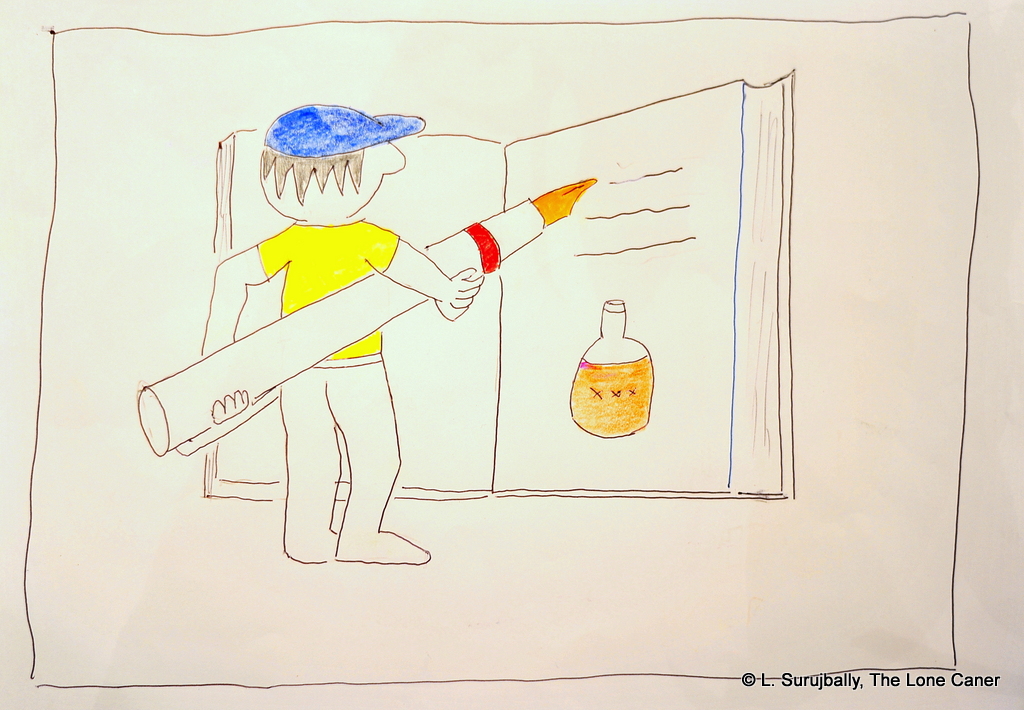
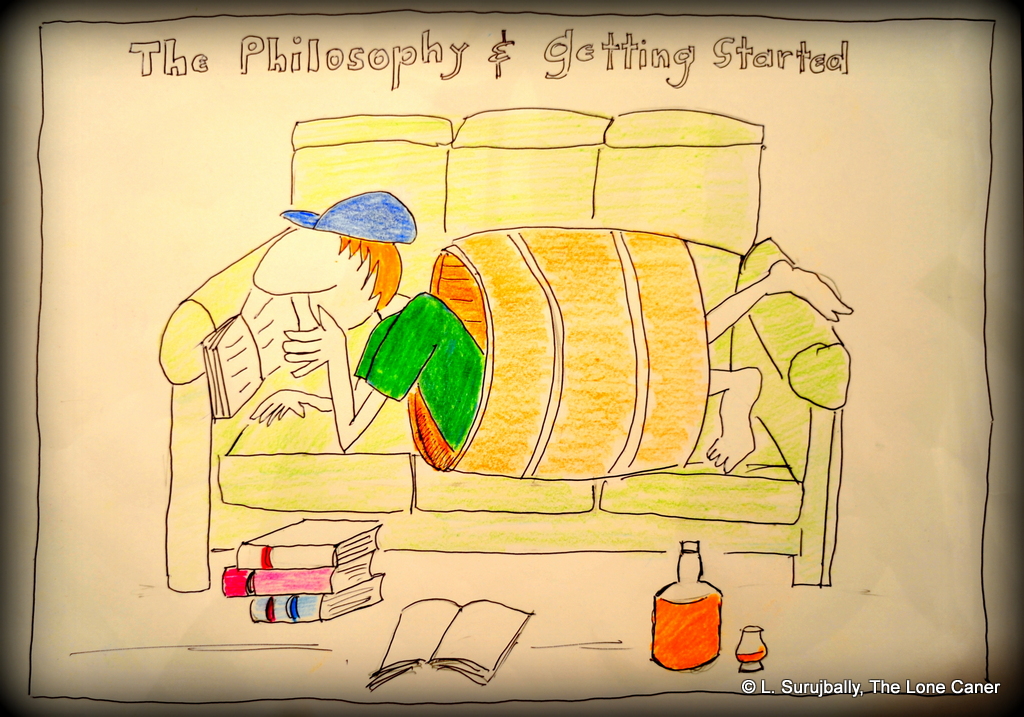
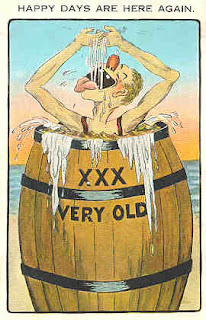
![[prohibitioncanada.jpg]](https://1.bp.blogspot.com/_z4gXyx6hSl8/Rsxiq3m7uBI/AAAAAAAAAAk/3Dfc_9cjumw/s1600/prohibitioncanada.jpg)


